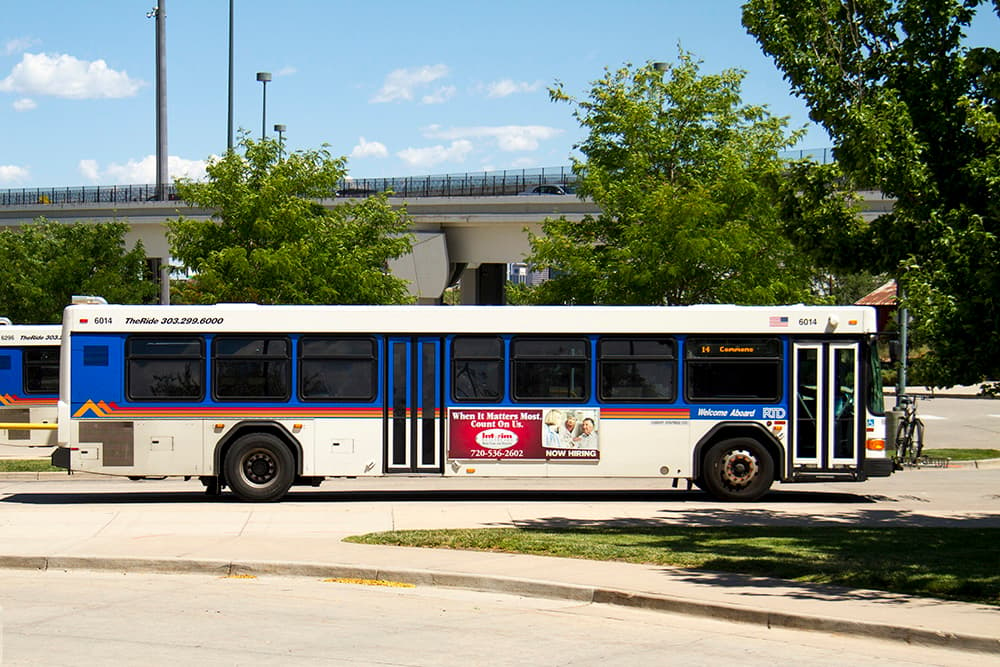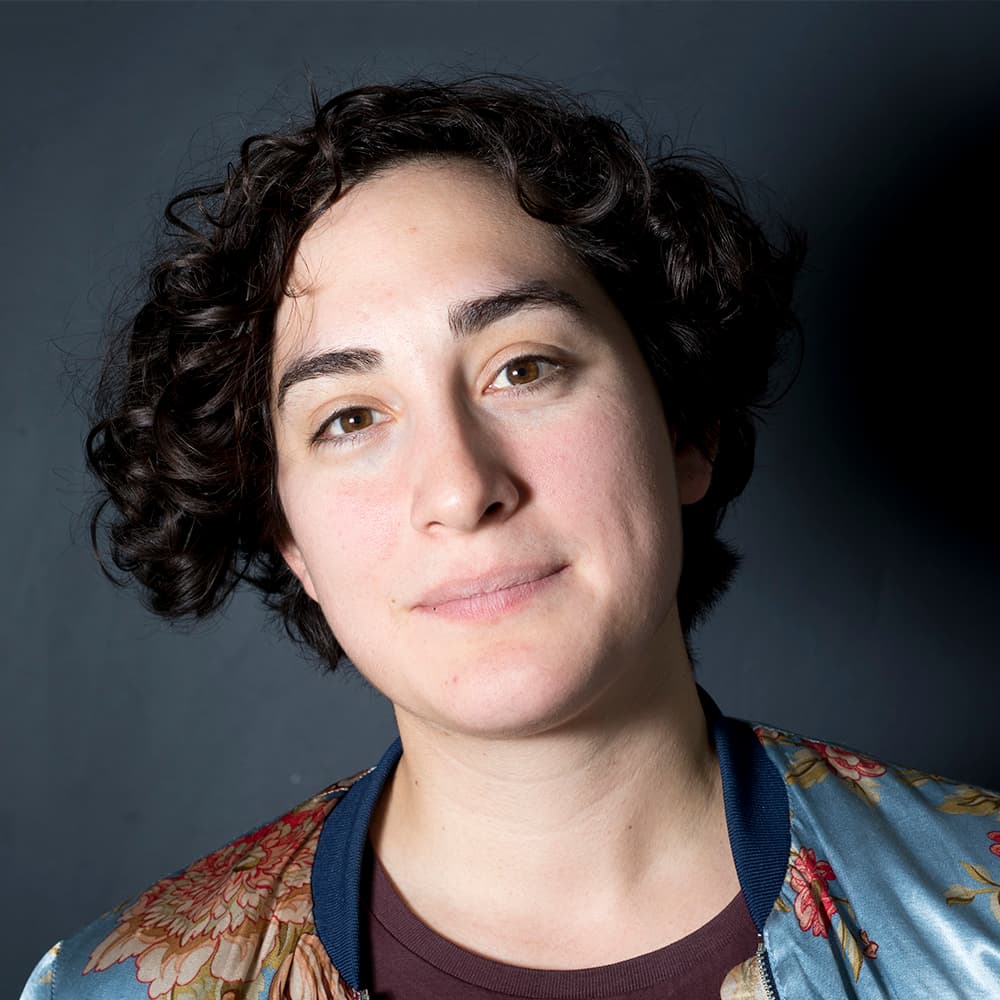
One way to get a bus to come more often is to just pay RTD to drive there more often.
Denver's still in the exploratory phase of buying up local route service from RTD -- the City Council's Mobility and Transportation Task Force met earlier this month to learn more about it -- but as engaged Denverites, let's join them in their exploration.
First, a bit more about how it works: RTD sets baseline service standards for its local bus routes so that during peak times, you can catch a ride every 30 minutes. During the rest of the day, you should be able to catch a bus every hour.
Some routes have more frequent service because ridership demands are higher. The 15L, for example, leaves roughly every ten minutes during the weekday peak.
So, if Denver wanted to make the buses run more frequently, they could enter a contract with RTD to buy more service hours. And if the increased service yields more riders, it's possible for the contract to get cheaper.
Here's how: If upping the bus frequency on a route does indeed lead to increased ridership, that increased ridership could demonstrate a level of demand to RTD. A demonstrated higher demand means that more frequent bus service would then meet RTD's own service standards.
Still, don't hold your breath that this will pay for itself. Boulder has been buying up local routes for nearly a decade now, reports the Denver Post, and paid $500,000 in 2015 for the routes.
And don't expect Denver to get in on the action anytime soon. Crissy Fanganello, Denver's director of transportation and mobility, says the process is still at a very high, conceptual level right now.
"We need to get a little bit further along with the Denver Moves transit plan to start to understand what [route buy-up] might look like in the future,"Fanganello said.
There is a list of approximately 25 corridors, mostly urban arterials like Colfax and Broadway, that could be candidates for Denver's high frequency city network and therefore sites for possible route buy-ups. But it's not a matter of just plucking one of them out for a test run.
"We want to be thinking about more broadly about a high-frequency city network. So we can't necessarily say, 'OK, we're just going to make this one network a high-frequency network.' It's a system, and it has to work together."
Nor is the city sure that route buy-ups will be the tool to get to a high-frequency network. Fanganello says that different partnerships with RTD may be possible as well, though what those would look like isn't clear just yet.
"That is why this idea of buy-up is so vague at this point, because if there's an opportunity to partner, it may or may not result in a buy-up," she said.
Councilman Jolon Clark, chair of the Mobility and Transportation Task Force, expressed an equal level of conditional interest.
"A more frequent bus on a street where you are still stuck in rush hour traffic without a dedicated lane might not work," he said. "If people are really going to have mobility choice and the freedom to get around Denver without a car, then we need reliable, high-frequency service and more local connections."












